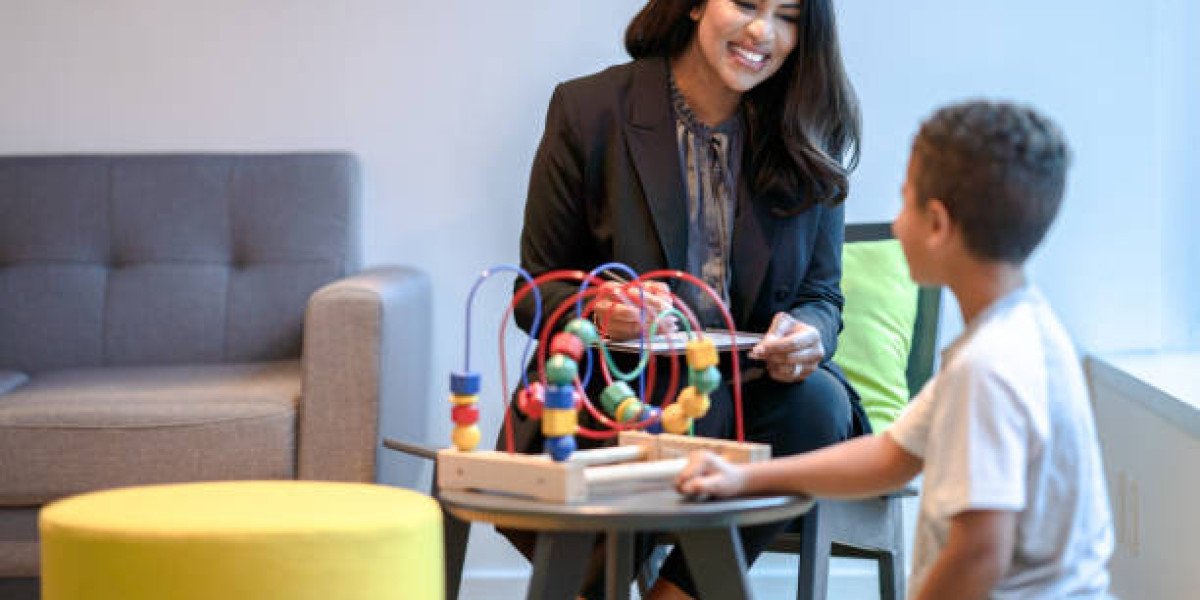Bipolar disorder in children is a serious mental health condition characterized by unusual shifts in mood, energy levels, and behavior. Unlike occasional emotional outbursts typical in childhood, this disorder involves intense mood episodes that can disrupt daily life. These fluctuations include periods of elevated mood (mania or hypomania) and episodes of deep depression. Early identification and appropriate support are vital for effective management.
Identifying the Warning Signs
Recognizing bipolar disorder in children can be difficult because the symptoms often mimic those of other conditions. During manic phases, a child may appear overly cheerful, have increased energy, need less sleep, and act impulsively. They may also talk excessively or shift topics rapidly, making it hard to follow conversations.
In contrast, depressive episodes can include sadness, low energy, irritability, hopelessness, and loss of interest in previously enjoyed activities. Children may struggle to concentrate, withdraw socially, or have changes in appetite and sleep patterns. Unlike adults, children may not be able to express what they’re feeling, so close observation is crucial.
Underlying Causes and Triggers
The exact cause of bipolar disorder in children remains unknown, but researchers believe it is the result of a combination of factors. Genetics is one of the strongest indicators. If there is a family history of mood disorders, the risk increases. Biological factors, including imbalances in brain chemicals that regulate mood and emotion, are also believed to contribute.
Environmental factors may influence the severity or onset of symptoms. Stressful life changes, family instability, trauma, or inconsistent daily routines may exacerbate symptoms in susceptible children. While these influences do not directly cause the disorder, they can play a role in its development and progression.
The Diagnostic Process
Diagnosing bipolar disorder in children is challenging due to the overlapping symptoms with other mental health or behavioral conditions, such as ADHD or anxiety-related disorders. Professionals rely on detailed evaluations that may include interviews, behavior tracking, and observation in different settings like home or school.
Since children’s moods can shift rapidly, it is essential to monitor symptoms over time to distinguish between normal development and a potential mood disorder. Family input, academic performance, and social interactions are often considered during the diagnostic process to get a comprehensive understanding.
Effective Management Strategies
Although there is no cure, children with bipolar disorder can lead fulfilling lives with the right management strategies. Medications are commonly used to help stabilize mood swings and reduce symptom severity. Due to the developing nature of the child’s brain and body, treatment plans must be personalized and closely monitored to avoid unwanted side effects.
Beyond medication, structure and consistency in daily life are essential. A stable environment at home and school reduces stress and unpredictability, which helps minimize mood episodes. Parents and caregivers should establish regular routines, maintain clear expectations, and create a calm, supportive atmosphere.
Importance of Family and School Support
The role of caregivers and educators is vital in managing bipolar disorder in children. Families can benefit from education about the disorder and training in behavior management techniques. Understanding what triggers episodes and how to respond appropriately can reduce conflict and improve communication.
Teachers and school staff should be informed and prepared to accommodate the child's needs. This may involve flexible schedules, modified assignments, or designated breaks to manage emotional overload. Open communication between parents and educators ensures consistency and provides better support for the child’s academic and social success.
Encouraging Healthy Lifestyle Habits
Healthy habits can significantly influence emotional well-being. Regular sleep schedules are especially important, as sleep disruptions are a common trigger for mood episodes. Encouraging physical activity, maintaining a nutritious diet, and limiting screen time can also promote emotional balance.
Teaching children coping skills, such as deep breathing, journaling, or creative outlets like art and music, helps them express emotions constructively. These strategies can build resilience and provide tools to manage intense feelings when they arise.
Monitoring Progress and Adjusting Plans
Children grow and change rapidly, which means their treatment plans must be revisited regularly. Mood charts, journals, or daily behavior logs can help caregivers and healthcare providers track patterns, identify triggers, and assess progress. Flexibility in care planning is necessary to adapt to the child’s evolving needs.
It’s also important to recognize early warning signs of mood shifts. Prompt action can prevent more serious episodes. Being proactive in care not only improves the child’s quality of life but also empowers families to feel more in control of the situation.
Conclusion
Bipolar disorder in children presents unique challenges, but with early detection, structured support, and consistent care, it can be managed successfully. Families play a central role in creating a nurturing and stable environment that promotes healing and growth. Schools and communities also have an essential part in offering support and understanding. While the journey can be complex, children with bipolar disorder can develop the skills they need to thrive emotionally, socially, and academically when given the right tools and guidance.








